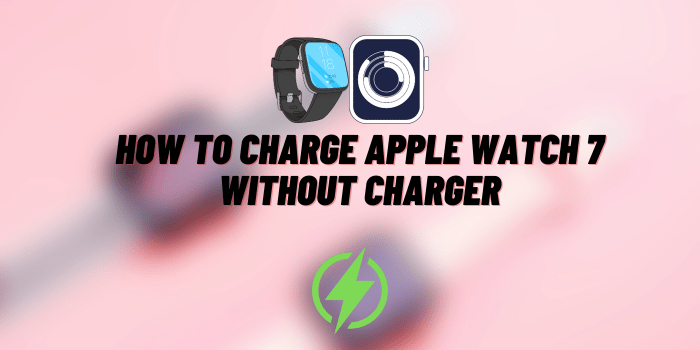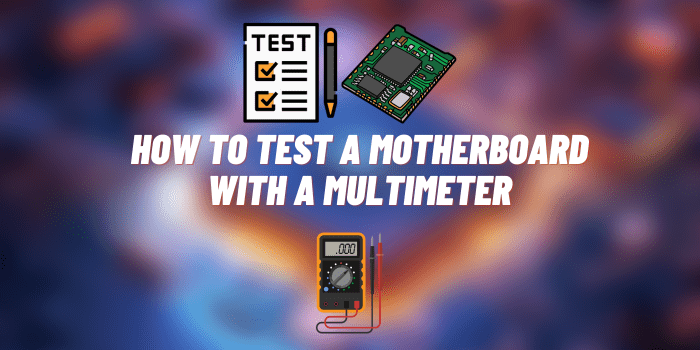Why Is My Fitbit Not Tracking My Sleep?
Your Fitbit may not be tracking your sleep for a few key reasons. This is a common problem, but it’s easy to fix. In this article, we’ll give you some tips on how to get your Fitbit to start tracking your sleep correctly.
Tightening the band, manually starting sleep mode, maintaining charge, and enabling consistent syncing should help resolve most accuracy issues with sleep tracking.
Read on to learn more and find the right solution for resuming sleep tracking on your Fitbit.
How Fitbit Tracks Sleep
![]()
Sometimes it can be hard to know whether or not you are getting enough rest, which is why Fitbit tracks your sleeping habits with an accelerometer built into its wristband. The algorithm used for this task determines how long we have been awake as well as the quantity and quality of our slumber. All based data gathered by algorithms running inside these devices during nights spent tucked away under covers somewhere between wakefulness-landing.
Fitbit devices are great for tracking your sleeping habits! If you have one of these fitness trackers and it detects that you’ve been asleep for about an hour, then know is Asleep. You can view all sorts of fascinating data in the app on iPhone proportional to what goes down during a slumber party – from how long each person dreamed to whether any snoring occurred at night.
Why Is My Fitbit Not Tracking My Sleep: How to Fix It
Some people find it hard to get a good night’s sleep, and when their Fitbit isn’t tracking or recording how much they are sleeping-an hour might be missed. This can lead them into thinking that there’s something wrong with the device itself because after all those numbers don’t make sense! However, what you should do if this happens is simply refer back to our article where we explain everything from fitting your wrist properly so accurate data gets collected as well tips for troubleshooting any issues preventing accurate records from being made during slumber time.
Restart Your Fitbit
![]()
The first thing you should do if your Fitbit isn’t tracking your sleep correctly is to restart the device. This can often fix minor software issues that may be causing the problem. To restart your Fitbit, simply remove it from your wrist and press and hold the button on the device for about eight seconds. Once the button flashes, release it and then put your Fitbit back on your wrist.
The steps to restarting a Fitbit are as follows:
- Charging your electronic device is simple. Just connect the charging cable to either your computer or a box plugged into a wall outlet.
- Connect the other end of the cable to the Fitbit. Make sure it’s plugged in correctly by double-checking that it’s charging.
- To restart your Fitbit, hold down the button on the side for 10-12 seconds.
- Depending on the model of Fitbit you have, you may see a start-up screen, smile icon, or battery icon. Upon seeing any of these icons, release the button and unplug your Fitbit device.
Update Your Fitbit Firmware
If restarting your Fitbit doesn’t fix the problem, try updating the firmware on your device. Firmware updates can often fix bugs that might be causing problems with sleep tracking. To update your Fitbit firmware:
- Open the Fitbit app on your phone and tap “Device Settings.”
- Then select “Update Firmware” and follow the instructions on the screen.
Check Your Sleep Settings
If your Fitbit isn’t tracking your sleep correctly, it could be because of the way you have your sleep settings configured. To check your sleep settings:
- Open the Fitbit app and tap “Account.”
- Then select “Advanced Settings” and scroll down to “Sleep Tracking.”
- Make sure that “Auto-Detect Sleep” is turned on and that you’re using the correct setting for “Sleep Schedule.”
- You can also choose the Normal or Sensitive mode.
Replace Your Fitbit Battery
![]()
If none of the above tips fix the problem, it’s possible that your Fitbit’s battery is simply too low to track your sleep properly. To check if this is the case, open the Fitbit app on your phone and tap “Device Settings.” Then select “Battery Saving Mode” and make sure that it’s turned off. If it is, try charging your Fitbit for at least 30 minutes before wearing it to bed.
If you need to replace your Fitbit battery, follow these steps:
- To remove the battery, open the battery door.
- Wait at least 10 seconds before releasing the next step.
- Turn the Fitbit upside down and replace the battery.
- Don’t forget to close the battery hatch.
How to Adjust the Fitbit Sleep Log by Manually
There might be some nights where you want to adjust the Fitbit sleep log. There are a few reasons why you would want to do this. Maybe you forgot to wear your Fitbit or maybe the tracker didn’t track your entire night’s sleep. Whatever the reason, it’s easy to make these changes in the app. To manually edit your Fitbit sleep log:
- Open the Fitbit app and tap “Account.” Then select “Advanced Settings” and scroll down to “Sleep Tracking.”
- Tap on the date that you want to edit and then select “Log Sleep.”
- Enter the amount of time that you slept and then tap “Save.”
Final Words
We hope these tips help you get your Fitbit to start tracking your sleep correctly! If you have any other questions about why is my Fitbit not tracking my sleep, please feel free to leave a comment below and we’ll do our best to help out.







I recently encountered an issue where my Fitbit wasn’t tracking my sleep, and it was quite frustrating. After doing some research, I realized that there could be multiple reasons behind this problem, ranging from device settings to placement on my wrist. I appreciate the comprehensive guidance, as sleep tracking is a crucial feature for me. Now, my Fitbit is back to accurately monitoring my sleep patterns, and I couldn’t be happier!